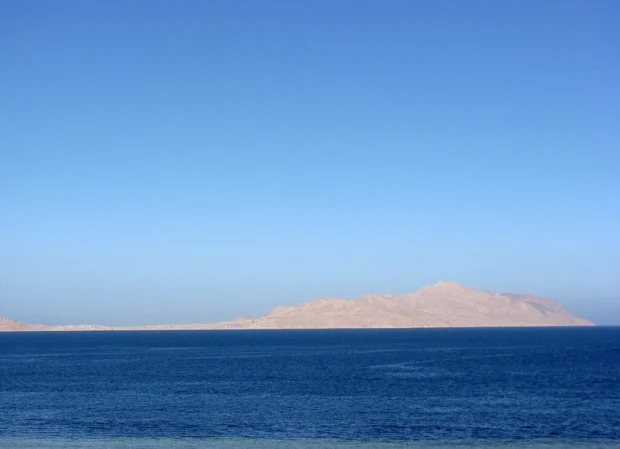Sharm El Sheikh Egypt is a destination that combines the serene beauty of the Red Sea with deep-rooted cultural history. Nestled on the southern tip of the Sinai Peninsula, this city is not only known for its sparkling waters and coral reefs but also for its surrounding landscapes, traditional bazaars, and a rich blend of Bedouin and Egyptian culture. Walking through its streets, I found that Sharm El Sheikh offers much more than a typical beach holiday. It is a place where the present and the past live side-by-side, inviting curious travelers to engage with its stories and sights. Whether you enjoy underwater exploration, savoring Middle Eastern tastes, or learning about ancient trade routes, this city holds a calm yet vibrant atmosphere.
Table of Contents
For those intrigued by unique cultural atmospheres, reading about Marrakesh’s vibrant streets and traditions offers a fascinating complement to a Red Sea stay.
Unforgettable Sights along the Red Sea Coast
One cannot talk about Sharm El Sheikh without mentioning its famous Ras Mohammed National Park. This protected area is a paradise for divers and snorkelers, boasting some of the world’s most spectacular coral reefs and diverse sea creatures. As I floated over the reefs, the colors of the fishes and corals seemed to paint a living canvas beneath the waves. For those who prefer dry land, the park’s salt lakes and mangroves tell their own stories of survival in this arid region.
After exploring Sharm El Sheikh’s coastal gems, you might appreciate visiting Göreme National Park to see unique rock formations and centuries-old cultural sites.
To see another side of Egypt’s rich culture and vibrant city life beyond the coast, consider the lively streets of Cairo’s ancient neighborhoods.
Not far from the city center, the Al Mustafa Mosque stands as a beautiful reminder of the spiritual life that flows through the city. Its white domes and slender minarets create a striking silhouette against the desert sun. Visitors are welcome to admire its architecture, but appropriate dress and a respectful demeanor are important here.
Another noteworthy site is the Old Market, locally called Sharm Old Town. Here, the pace slows down to that of a traditional marketplace, with shops selling spices, handmade jewelry, and woven textiles. The smells, colors, and noises form a symphony of everyday life that I found deeply engaging. Bargaining gently is expected but always with a smile.
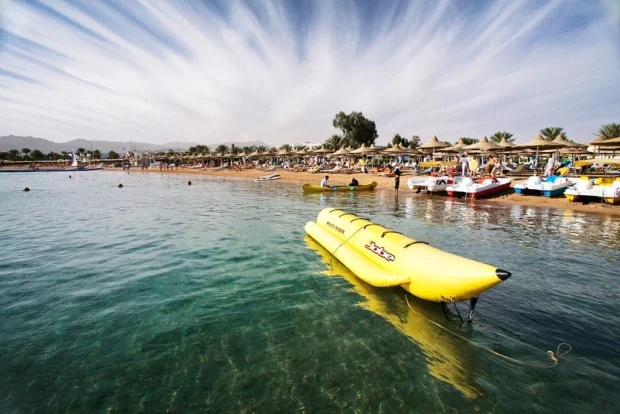
Traditional Flavors in Sharm El Sheikh’s Neighborhoods
Food in Sharm El Sheikh Egypt is an invitation to explore. Walking through the district near the Old Market, I tasted koshari, a hearty dish made of rice, lentils, and fried onions topped with tomato sauce. It is simple yet comforting. Alongside this, fresh seafood is widely available-grilled fish served with tangy tahini sauce or stuffed calamari reflecting the bounty of the Red Sea.
For sweet endings, try the local baklava or basbousa, a semolina cake soaked in syrup. These treats are often enjoyed with strong, cardamom-flavored tea rather than coffee, which is less common here.
Many eateries emphasize sharing dishes, aligning with Egypt’s welcoming culture. Trying different plates with friends or locals often leads to lively conversations and new friendships.
Getting Around and Practical Travel Tips
From Sharm El Sheikh International Airport to the city, shared minibuses and shuttle services offer a smooth start to your visit. Though there are no taxi services widely recommended by locals, these shared transport options are affordable and reliable. Within the city, walking is a pleasant way to discover nearby shops and cafes due to compact hotel districts and promenades along the sea.
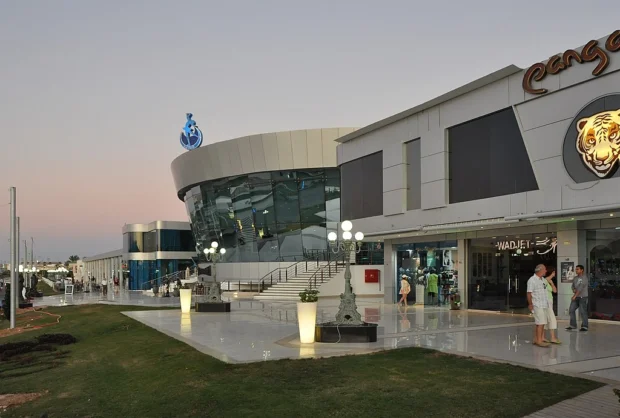
For longer trips, minibuses run regularly to nearby towns and the famous Mount Sinai for those interested in hiking or historical pilgrimages. Roads are generally well maintained, reflecting the city’s role as a tourism hub.
Customs and Culture to Respect
Sharm El Sheikh reflects a blend of Bedouin customs and modern Egyptian life. Visitors should respect local traditions by dressing modestly, especially when visiting mosques or rural areas. It is polite to greet with “Salam Alaikum” (peace be upon you) and respond with “Wa Alaikum Salam” (and upon you peace) when meeting locals. This simple phrase opens doors to friendly exchanges.
While photography of people is usually acceptable with permission, one should avoid taking pictures of military or government buildings. Additionally, public displays of affection are considered inappropriate in many places here.
A common and warm Arabic phrase to share when thanking someone is “Shukran” (thank you). When invited to a meal, complimenting the host with “Tayyib jiddan” (very good) is appreciated. These small expressions enrich interactions and show respect for local culture.
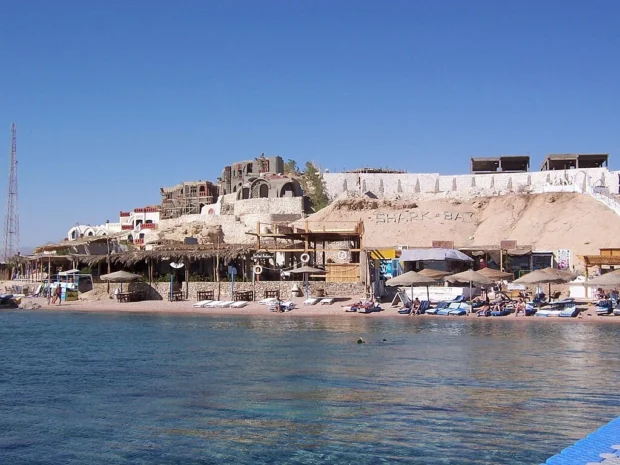
Stories Beneath the Surface
During my stay, I learned that the area around Sharm El Sheikh was once part of important ancient trade routes connecting Africa, Asia, and Europe. The Red Sea itself was a pathway for merchants and travelers who brought spices, textiles, and stories that shaped civilizations. Even today, the sea carries echoes of these exchanges in its busy ports and welcoming harbors.
One intriguing local tale speaks of the Sinai Bedouins who used stars to navigate the desert nights. This knowledge was passed down through generations, linking nature and culture closely. Among the winding streets of the Old Market, you can often hear whispers of this heritage in the crafts and traditional songs.
Where to Stay for a Balanced Experience
Choosing accommodation in Sharm El Sheikh depends on what you seek. The waterfront areas offer stunning views and easy access to beaches and diving centers. For a quieter and more cultural stay, neighborhoods closer to the Old Market present opportunities to enjoy daily life and mingle with locals over coffee or tea.
Options vary from guesthouses run by families to apartments with views of the sea or desert. Many places welcome visitors with traditional hospitality, allowing a deeper connection with the city than standard hotels might offer.
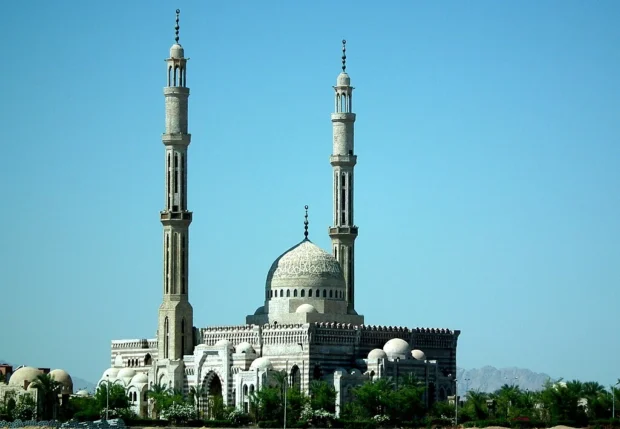
Enjoying Sharm El Sheikh Beyond the Beach
While the beaches and sea are spectacular, I found extra charm in small moments: meeting a craftsman weaving baskets in the market, sharing tea with a Bedouin family, or watching the sunset glow over the Sinai mountains. These experiences add layers to the travel story and help understand the rich tapestry of Sharm El Sheikh Egypt.
For detailed information about the national park, visitors can refer to the official Ras Mohammed National Park website, offering updates on conservation and tips for environmentally friendly visitation.
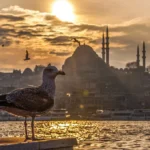
Explorer of historical towns, ancient ruins, and traditional markets, combining modern travel with interest in heritage.
- Straits of Tiran by Taras-fedora-syn on Wikimedia Commons – cc by-sa 4.0
- Sharm El Sheikh. Naama Bay. by Svetlana Grechkina on Wikimedia Commons – cc by-sa 2.0
- Sharm Soho Square R01 by Marc Ryckaert (MJJR) on Wikimedia Commons – cc by 3.0
- Al-Mustafa Mosque in Sharm El-Sheikh6 by Alkhimov Maxim on Wikimedia Commons – cc by 3.0
